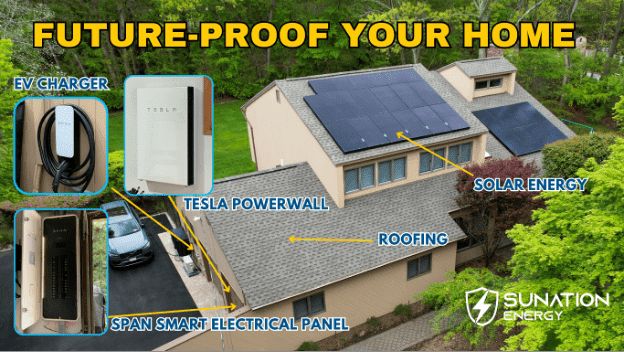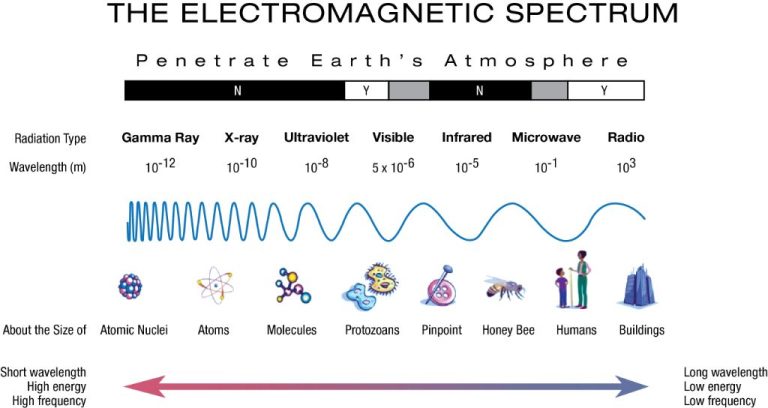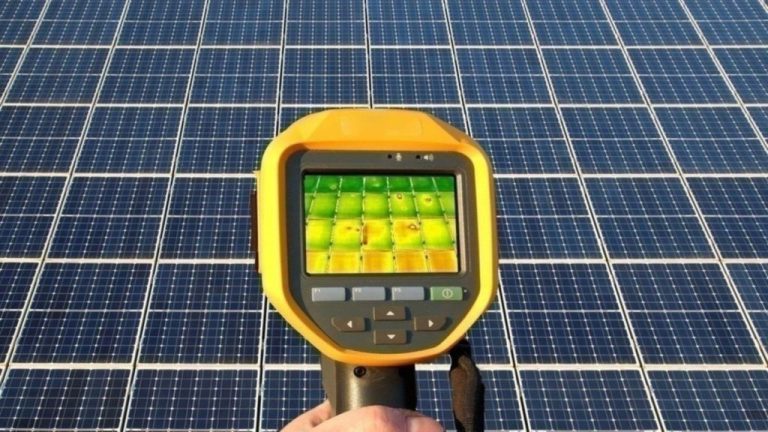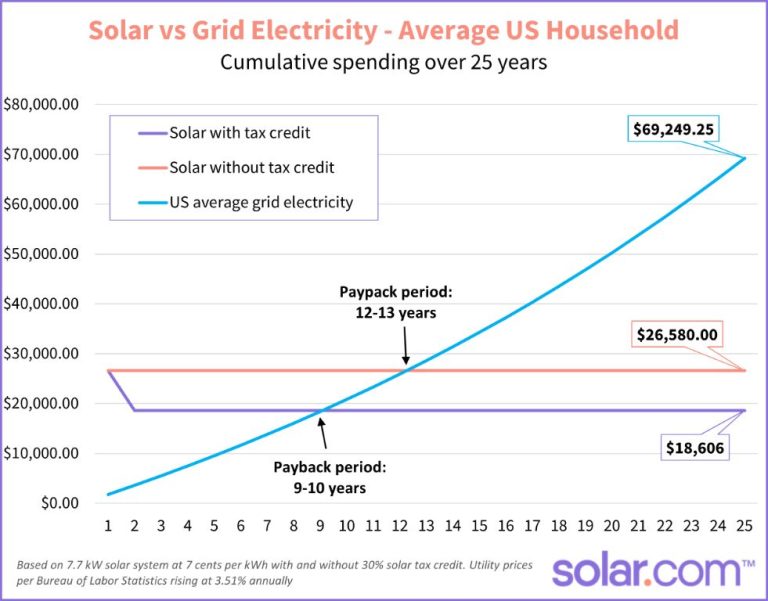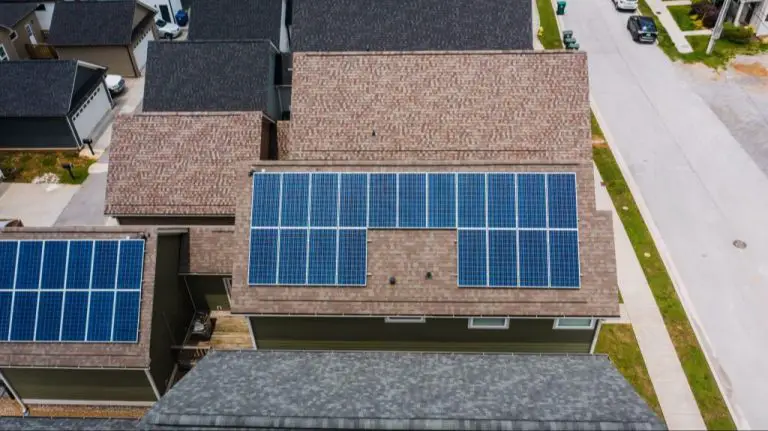Who Made Solar Energy?
Early History of Solar Technology
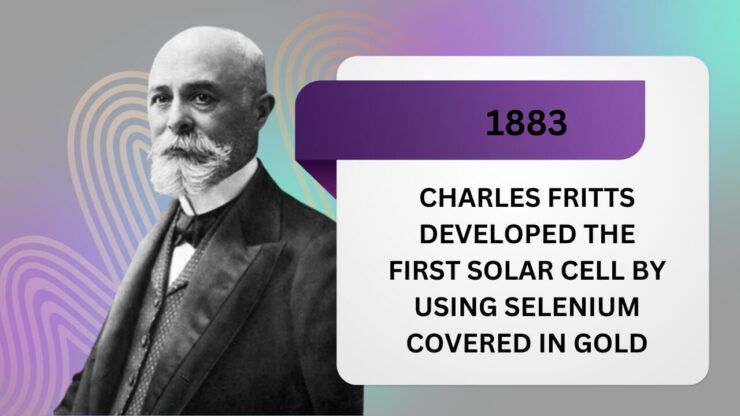
Solar energy has been harnessed in various basic forms for centuries. The ancient Greek philosopher Socrates described using passive solar energy for heating in 400 B.C. by orienting buildings towards the sun. In the Roman Empire, bathhouses were designed with large south-facing windows to let in sunlight. The Pantheon in Rome, built around 126-128 A.D., features a large circular opening in its domed roof which illuminates the interior. The ancient Chinese also strategically oriented buildings and arranged roof overhangs to take advantage of sun angles and natural daylighting [1].
Early solar devices like burning mirrors and burning lenses began focusing sunlight to create heat as early as 212 B.C. Mathematician Archimedes purportedly used polished shields to concentrate sunlight onto invading Roman ships [2]. In the 18th century, Swiss scientist Horace de Saussure built an early solar oven by lining a wooden box with blackened cork and multiple layers of glass. It reached temperatures high enough to cook fruit and vegetables.
In the 19th century, the development of solar engines began. French scientist Auguste Mouchout produced the first solar-powered steam engine in 1860. He envisioned a day when solar heat collectors on the roofs of houses would power boilers and generate electricity. American engineer John Ericsson also patented a solar engine design in the 1860s. While not widely adopted, these early solar engines demonstrated the potential for solar power generation [1].
Development of Photovoltaics
The foundations of solar technology began in 1839 when French physicist Alexandre-Edmond Becquerel discovered the photovoltaic effect while experimenting with metal electrodes in electrolyte solutions. Becquerel found that certain materials would produce small amounts of electric current when exposed to light. This discovery marked the earliest beginnings of modern solar cell technology.
In 1905, Albert Einstein published a paper that helped explain the photoelectric effect. Einstein’s work described how light carried energy in discrete quantized packets called photons. This groundbreaking theory helped explain why sunlight could generate electricity without heat or moving parts.
The first silicon photovoltaic (PV) cell was created in 1954 by researchers Daryl Chapin, Calvin Fuller, and Gerald Pearson at Bell Labs. This pioneering accomplishment paved the way for solar panels as we know them today. Though initially very expensive, continued advances have made solar energy cost-competitive with conventional power generation.
Sources:
https://empil.munozvasquez.com/who-invented-the-photoelectric-cell/906851
Space Race Drives Innovation
The Space Race between the United States and Soviet Union beginning in the 1950s created a major need for power sources for space satellites and spacecraft. This drove key innovations in photovoltaic solar panel technology. While solar cells were not invented by NASA, the organization played a pivotal role in furthering their capabilities and practical applications.
NASA began using solar panels on spacecraft as early as the late 1950s on satellites like Vanguard 1 and Explorer 6. Over time, the efficiency and power output of solar cells improved enough to become a viable power source even on manned spacecraft. According to NASA, solar panels today help provide power for missions like the International Space Station.
NASA has continued to research and develop more efficient solar cell designs over the decades. Major innovations include the development of single-crystal silicon cells in the 1970s and gallium arsenide cells in the 1980s. NASA also funded research on emerging thin-film solar cells made of new materials like copper indium gallium selenide.
While the pioneering work of Bell Labs produced the first solar panel technology, NASA’s need for robust and renewable power sources for space travel accelerated innovations that helped progress photovoltaics toward widespread terrestrial applications.
The 1970s Oil Crisis
The 1970s was a pivotal decade for the advancement of solar technology. In October 1973, the members of the Organization of Arab Petroleum Exporting Countries (OAPEC) proclaimed an oil embargo against nations that had supported Israel during the Yom Kippur War. The embargo targeted Canada, Japan, the Netherlands, the United Kingdom and the United States. This led to skyrocketing gas prices and fuel shortages across America and other impacted nations (1970s Energy Crisis – Causes, Effects, OAPEC).
The 1970s energy crisis was a wakeup call, demonstrating the overreliance of developed nations on fossil fuels. With oil prices quadrupling during the decade, there was renewed interest in developing alternative energy sources. The U.S. and other governments began offering subsidies and tax incentives for solar research and development. Improvements in manufacturing and materials science helped drive down the cost of photovoltaic solar panels during this period.
Key Innovators
Several key innovators and companies made breakthroughs in solar technology in the 1950s-1970s, helping drive down costs and improve efficiency over time.
Bell Laboratories scientists Gerald Pearson, Calvin Fuller, and Daryl Chapin developed the first practical silicon solar cell in 1954, with a sunlight to electricity conversion efficiency of around 6%. Their invention represented a major milestone and laid the groundwork for the modern photovoltaic industry. Fuller later went on to improve silicon solar cell efficiency to above 10% by 1960 at Bell Labs [1].
Russell Ohl, a researcher at Bell Labs, patented the modern solar cell design in 1946 and discovered solar cell junctions in 1939. His innovations significantly advanced solar photovoltaic technology and semiconductor research [2].
The University of Delaware developed a thin-film solar cell in the early 1970s, representing a big cost reduction from previous silicon solar cells. Researchers there commercialized thin-film cells, helping drive widespread adoption of solar technology [3].
ARCO Solar, later BP Solar, became the largest producer of PV panels in the 1980s and 1990s. They commercialized cost-effective mass production methods and improved panel efficiency, helping solar gain mainstream adoption [4].
Bringing Down Costs
Solar panel costs have dropped dramatically in the past decade. In 2013, the average cost of a residential solar panel system in the U.S. was around $5 per watt. By 2021, that price had fallen to $2.7 per watt, a reduction of nearly 50%.
There are several key factors driving down the costs of solar panels:
Economies of scale in manufacturing have substantially reduced production costs. As solar manufacturing has scaled up to meet growing global demand, fixed costs are spread across a larger number of units, bringing down the cost per panel.
New materials and production methods have also helped lower costs. For example, PERC solar cells use a rear layer that reflects photons back into the cell, increasing efficiency. Manufacturers have also transitioned to diamond wire sawing and optimized wafer sizes to reduce silicon waste.
China has become the dominant player in solar panel production, now manufacturing over 70% of the world’s panels. Massive Chinese government investments in solar manufacturing along with low labor costs have enabled Chinese companies to achieve economies of scale and drive down costs.
According to a December 2022 Reuters report, China’s solar panel production costs have dropped to 15 cents per watt in 2022, down 42% from the previous year and over 60% below the 40 cent per watt cost in the U.S.
Solar Today
In recent years, the cost of solar power has dropped dramatically, making it competitive with fossil fuels in many locations. According to Solar Industry Research Data, the average cost of solar panels has fallen by over 40% since 2010. This has led to exponential growth, with solar supplying about 3% of US electricity generation as of 2021, up from less than 0.5% a decade ago (EcoWatch).
Large-scale solar farms have become mainstream and account for most new solar capacity. Major solar plants with hundreds of megawatts of capacity are being built worldwide, including in developing countries. Residential solar adoption is also rising rapidly, with over 3 million US homes now powered by rooftop solar panels. This growth has been aided by favorable net metering policies and federal tax credits. With costs continuing to fall, solar energy’s future looks bright.
The Future
Several emerging solar technologies show great promise for increasing solar efficiency and driving down costs in the future. Perovskites are a new class of materials that can potentially enable solar cells with over 25% efficiency while being inexpensive to manufacture. Perovskites can be printed as a liquid which allows them to cover uneven surfaces and flexible materials. Researchers are also developing solar windows using semi-transparent perovskite solar cells which can generate energy while still transmitting light into buildings.
These advanced solar technologies will play a key role in the global clean energy transition. As solar power becomes cheaper and more efficient to install, it replaces fossil fuel energy generation around the world. Emerging solar materials expand the applications where solar can be deployed, helping to accelerate the transition to renewable energy.
Challenges
While solar energy has enormous potential, there are still challenges to overcome before it can reach its full capacity. Two major challenges include intermittency and the need for supportive policies and infrastructure.
Solar energy is an intermittent resource, meaning it is not available 24/7. The sun obviously doesn’t shine at night, and cloudy days can significantly reduce energy generation. This intermittency requires solutions for energy storage so solar power can be used even when the sun isn’t shining. Developing affordable and effective storage technologies is crucial for solar to reach higher levels of adoption.
Solar power also requires supportive policies and infrastructure investments to facilitate widespread use. Upgrading transmission lines, implementing favorable regulations and incentives, training personnel, streamlining permitting processes, and updating building codes to support solar installations are all needed to fully transition to solar energy. Supportive policies that make financing and installing solar systems easy and affordable are key. Overcoming these challenges will enable solar power to achieve its full potential.
Conclusion
Solar energy has come a long way since its early beginnings in the 19th century. From the initial discovery of the photovoltaic effect by Edmund Becquerel to the development of the first modern silicon solar cell by Bell Labs in 1954, key innovations paved the way for solar PV to become a viable energy source.
The space race and the 1970s oil crisis further spurred developments that helped improve efficiency and lower costs. Today, solar PV provides around 3% of total electricity generation globally. With costs continuing to fall, solar is now the cheapest form of electricity in many parts of the world.
Solar energy has an important role to play in meeting the world’s growing energy needs in a sustainable way. Unlike fossil fuels, it produces no air pollution or carbon emissions. As solar technology improves and costs decline further, the future is bright for this renewable resource to supply an increasing share of the world’s clean energy.

